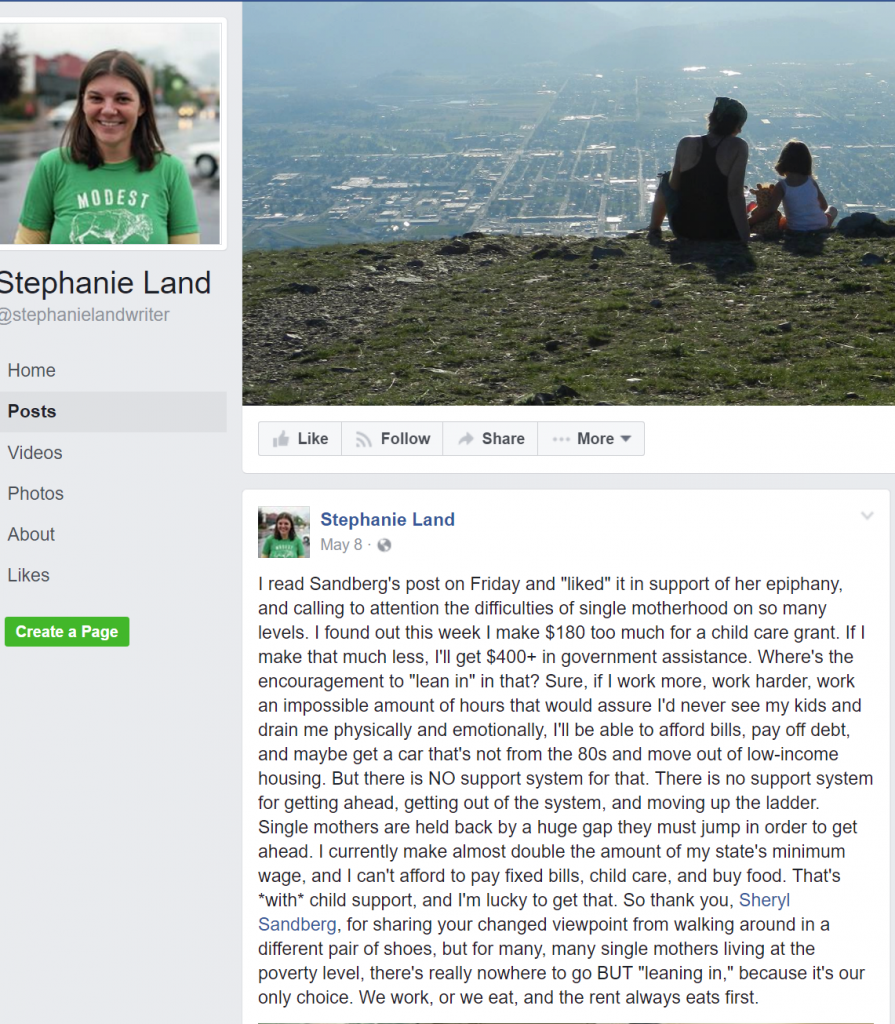A Pearl Harbor Day thought from Skunk Works: A Personal Memoir of My Years at Lockheed (Ben Rich)…
One area in particular where the Skunk Works serves as a paragon for doing things right is aircraft maintenance. We have proven time and again that the Air Force would be much more efficient using civilian contractor maintenance on its air fleet whenever possible. Fifteen years ago, there were so many mechanical breakdowns on the flight lines at air bases around the world that it took three airplanes to keep just one flying. The reason: lack of good maintenance by inexperienced flight crews. We in the Skunk Works are the best in the business at providing our own ground crews to service and repair our own aircraft. For instance, two Air Force SR-71 Blackbirds based in England throughout the 1970s used Skunk Works maintenance. We had on hand a thirty-five-man crew. By contrast, two Air Force Blackbirds based at Kadena on Okinawa relied on only blue-suiter ground crews, which totaled six hundred personnel. Contractors can cross-train and keep personnel on site for years, whereas the military rotates people every three years, and valuable experience is lost. Currently, two U-2s are stationed in Cyprus with twelve Lockheed maintenance persons, while two other U-2s stationed at Taif, in Saudi Arabia, in support of the UN mission in Iraq, have more than two hundred Air Force personnel.
Lockheed had provided almost everything for the CIA spy plane program except for the pilots. Maybe an idea here for Donald Trump and his incoming team?
Ben Rich is not encouraging regarding achieving efficiencies in other areas of defense contracting:
IN MY FORTY YEARS at Lockheed I worked on twenty-seven different airplanes. Today’s young engineer will be lucky to build even one. … Obsolescence is guaranteed because outside of a secret, high-priority project environment like the Skunk Works, it usually takes eight to ten years to get an airplane from the drawing board into production and operational. Every combat airplane that flew in Operation Desert Storm in 1991 was at least ten to fifteen years old by the time it actually proved its worth on the battlefield, and we are now entering an era in which there may be a twenty- to thirty-year lapse between generations of military aircraft.
Unfortunately, the trend nowadays is toward more supervision and bureaucracy, not less. General Larry Welch, the former Air Force chief of staff, reminded me recently that it took only two Air Force brass, three Pentagon officials, and four key players on the Hill to get the Blackbird project rolling. “If I wanted an airplane and the secretary of the Air Force agreed,” the general observed, “we had four key congressional committee chairmen to deal with and that was that. The same was true of the stealth fighter project—except we had eight people to deal with on the Hill instead of four. But by the time we were dealing with the B-2 project, we had to jump through all the bureaucratic hoops at the Pentagon and on the Hill. So it is harder and harder to have a Skunk Works.
I was in Boston recently and visited Old Ironsides at its berth, coincidentally at a time when the ship was being painted. I chatted with one of the supervisors and asked him about the length of the government specifications for this particular job. He said it numbered two hundred pages and laughed in embarrassment when I told him to take a look at the glass display case showing the original specification to build the ship in 1776, which was all of three pages.
General Dynamics is forced by regulations to store ninety-two thousand boxes of data for their F-16 fighter program alone. They pay. rent on a fifty-thousand-square-foot warehouse, pay the salaries of employees to maintain, guard, and store these unread and useless boxes, and send the bill to the Air Force and you and me. That is just one fighter project. There are many other useless warehouses just like it. There is so much unnecessary red tape that by one estimate only 45 percent of a procurement budget actually is spent producing the hardware. … A Skunk Works purchase order for vendor development of a system used in an advanced airplane took three pages. The vendor replied with a four-page letter proposal that included specifications for the system under development. … But at Lockheed’s main plant, or at any other manufacturer’s, that same transaction typically produced a 185-page purchase order, which led to a 1,200-page proposal, as well as three volumes on technical factors, costs, and management of the proposed project.
At least the contractors and their shareholders get wealthy, right? Ben Rich says “no.” The F-22 project was a money-loser for all five partner companies, he says, due to the government cutting the number of planes ordered: “The sad truth is that our stockholders would have done better financially if they had invested that $690 million in CDs.”
For whom does the system work out? See a recent Washington Post story for how the Department of Defense’s management and administrative costs have grown even as the number of soldiers has shrunk, consistent with Parkinson’s Law (he chronicled the growth of British Admiralty central bureaucracy as the number of ships in the British Navy plummeted):
The data showed that the Defense Department was paying a staggering number of people — 1,014,000 contractors, civilians and uniformed personnel — to fill back-office jobs far from the front lines. That workforce supports 1.3 million troops on active duty, the fewest since 1940.
In an aside, he revealed that early findings had determined the average administrative job at the Pentagon was costing taxpayers more than $200,000, including salary and benefits. [federal versus private-sector pay]
About 84,000 people held human-resources jobs.
More: Read the book.
Related:
Full post, including comments 